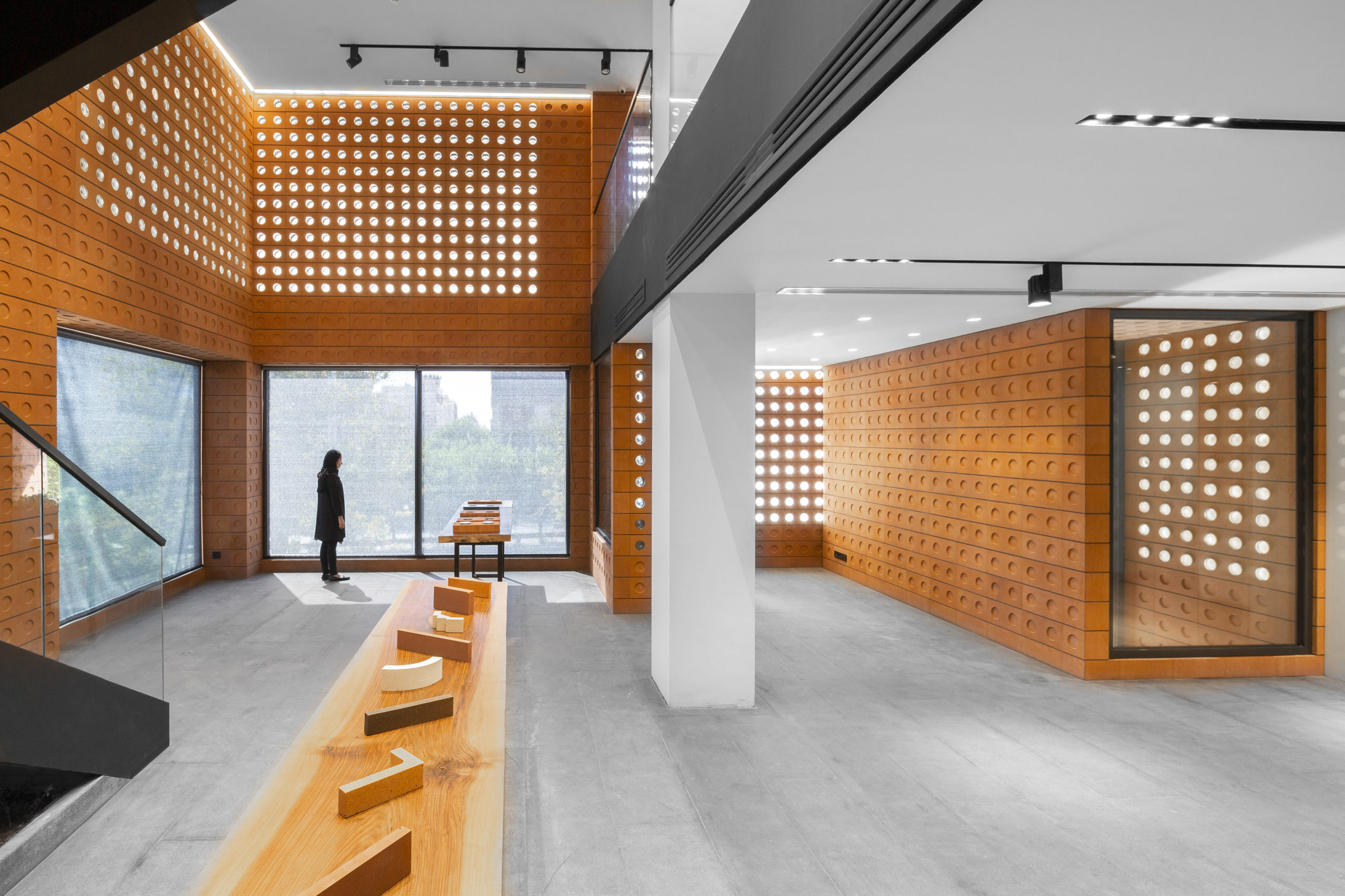Transforming Rooms: The Vision of CDA Architects for Modern Living
Transforming Rooms: The Vision of CDA Architects for Modern Living
Blog Article
The Impact of Technological Innovations on the Layout Practices of Contemporary Architects
The rapid development of technical devices has actually significantly reshaped the style landscape for modern architects, promoting extraordinary levels of advancement and sustainability. Discovering these dynamics discloses a nuanced interplay between innovation and conventional style methods, prompting a closer examination of what the future holds for architectural practices.
Evolution of Architectural Devices
Just how have building devices changed the design and construction procedures over the centuries? The development of architectural devices has significantly influenced the efficiency, accuracy, and creativity of layout and building and construction.
With the development of the Renaissance, the introduction of the compass and the protractor noted an essential shift. These devices allowed architects to attain higher precision in their styles, facilitating the appearance of more detailed and in proportion buildings. The Industrial Transformation even more changed architectural exercise with the intro of mechanized tools and products, allowing for bigger and more enthusiastic projects.
In the 20th century, the advancement of computer-aided layout (CAD) software application changed the landscape once more, giving architects with unmatched capabilities in modeling and visualization. Today, advanced devices such as Building Info Modeling (BIM) and parametric layout software continue to press the borders of building innovation, allowing an extra integrated method to layout and construction processes.
Boosted Cooperation in Layout
As technology remains to develop, improved partnership in style has ended up being a foundation of contemporary building method. The combination of digital tools such as Building Information Modeling (BIM), cloud-based platforms, and advanced visualization software has transformed the means engineers, designers, and stakeholders connect throughout the style process. These tools assist in real-time communication, allowing teams to share ideas, alterations, and responses instantly, regardless of geographical area.

In addition, interdisciplinary collaboration has been structured through these technical improvements, allowing engineers to work a lot more carefully with various other specialists, such as urban coordinators and ecological consultants. The result is a much more natural approach to develop that takes into consideration numerous perspectives and experience. Ultimately, enhanced partnership in style is not just a fad; it is important for producing cutting-edge, functional, and aesthetically pleasing architecture in a progressively complicated globe.

Sustainability Through Modern Technology
Sustainability in style has increasingly become linked with technological development, driving the sector towards ecologically responsible techniques. Contemporary designers are leveraging advanced technologies to decrease environmental impact while boosting the performance of structures. cda architects. One famous example is the usage of Structure Information Modeling (BIM), which enables accurate planning and source allotment, reducing waste throughout construction and advertising energy performance throughout a building's lifecycle
Furthermore, clever products and energy-efficient systems are being integrated right into styles to optimize source usage. Technologies such as solar batteries and eco-friendly roof harness eco-friendly energy resources, contributing to minimized carbon footprints. Furthermore, the application of artificial knowledge in design procedures enables designers to imitate and evaluate power consumption, site link assisting decisions towards More Info even more sustainable outcomes.
The combination of lasting technologies not just aligns with international environmental goals yet likewise fulfills an increasing need from customers for environmentally friendly options. As architects embrace these advancements, the emphasis shifts towards developing spaces that are not only visually pleasing however additionally functionally lasting, thereby redefining the requirements of contemporary style. By doing this, technology acts as a driver for sustainability, allowing architects to make structures that regard and enhance the natural environment.
Difficulties in Application
While technological improvements in design hold great pledge for boosting sustainability, their implementation often experiences considerable difficulties. One main challenge is the high discovering contour connected with new innovations. Architects and construction specialists might need comprehensive training to efficiently use sophisticated software program and tools, which can delay task timelines and increase costs.
In addition, the assimilation click for source of arising innovations, such as Building Details Modeling (BIM) and lasting materials, frequently necessitates cooperation across multidisciplinary teams. This cooperation can be impeded by differences in proficiency, workflows, and interaction styles, leading to possible disputes and inefficiencies.

Furthermore, regulatory structures and building codes might not maintain rate with technical advancements, creating uncertainty and prospective conformity concerns. This obstacle can discourage architects from fully embracing new innovations, as the danger of non-compliance might exceed the advantages. Resolving these execution obstacles is critical for the successful combination of technological developments in contemporary architectural techniques.
Future Fads in Style
The difficulties related to the application of new modern technologies in design have prompted a reevaluation of future fads within the sector - cda architects. As designers navigate issues such as sustainability, urbanization, and social equity, they are significantly taking on ingenious technologies to boost layout effectiveness and environmental efficiency
One famous trend is the assimilation of expert system (AI) in the design procedure. AI tools can analyze substantial datasets to notify design choices, enhancing both creative thinking and performance. Building Details Modeling (BIM) continues to advance, allowing real-time cooperation among stakeholders and promoting streamlined task management.
Lasting design methods are also getting energy, with designers concentrating on adaptive reuse and regenerative style concepts that reduce source consumption and waste. The consolidation of smart materials and renewable resource sources will certainly further improve the strength of buildings when faced with environment change.
Furthermore, the surge of parametric design enables even more tailored and context-sensitive architectural services (cda architects). By taking advantage of these advancements, architects are poised to produce constructed environments that not only deal with the instant demands of society but likewise expect future obstacles, thereby redefining the role of architecture in an ever-changing world
Final Thought
Technical improvements have considerably reshaped building style methods, facilitating improved precision, collaboration, and sustainability. The integration of devices such as Building Details Modeling and parametric layout software, along with man-made intelligence and smart materials, empowers architects to resolve complicated difficulties much more successfully.
Report this page